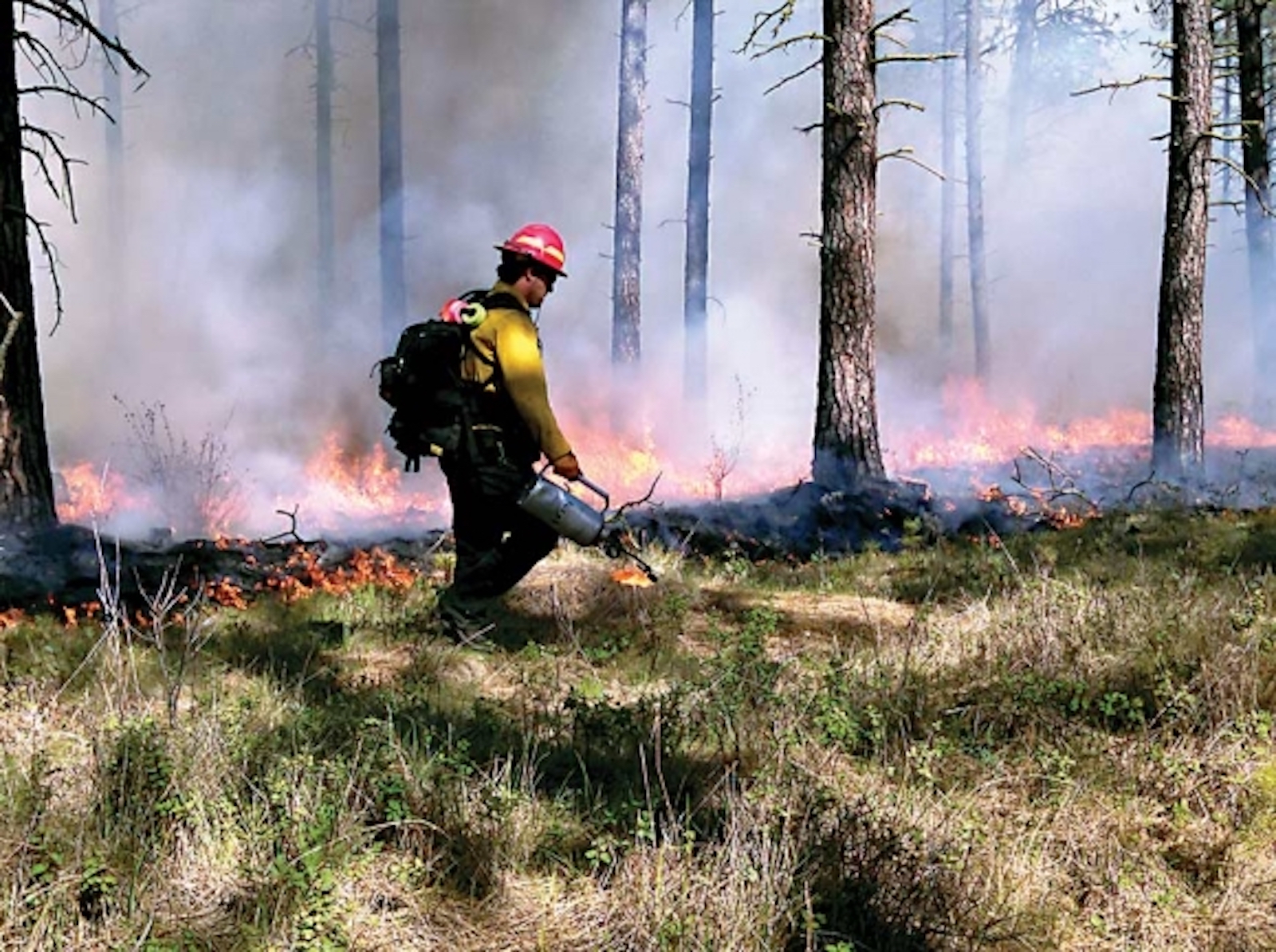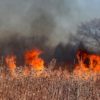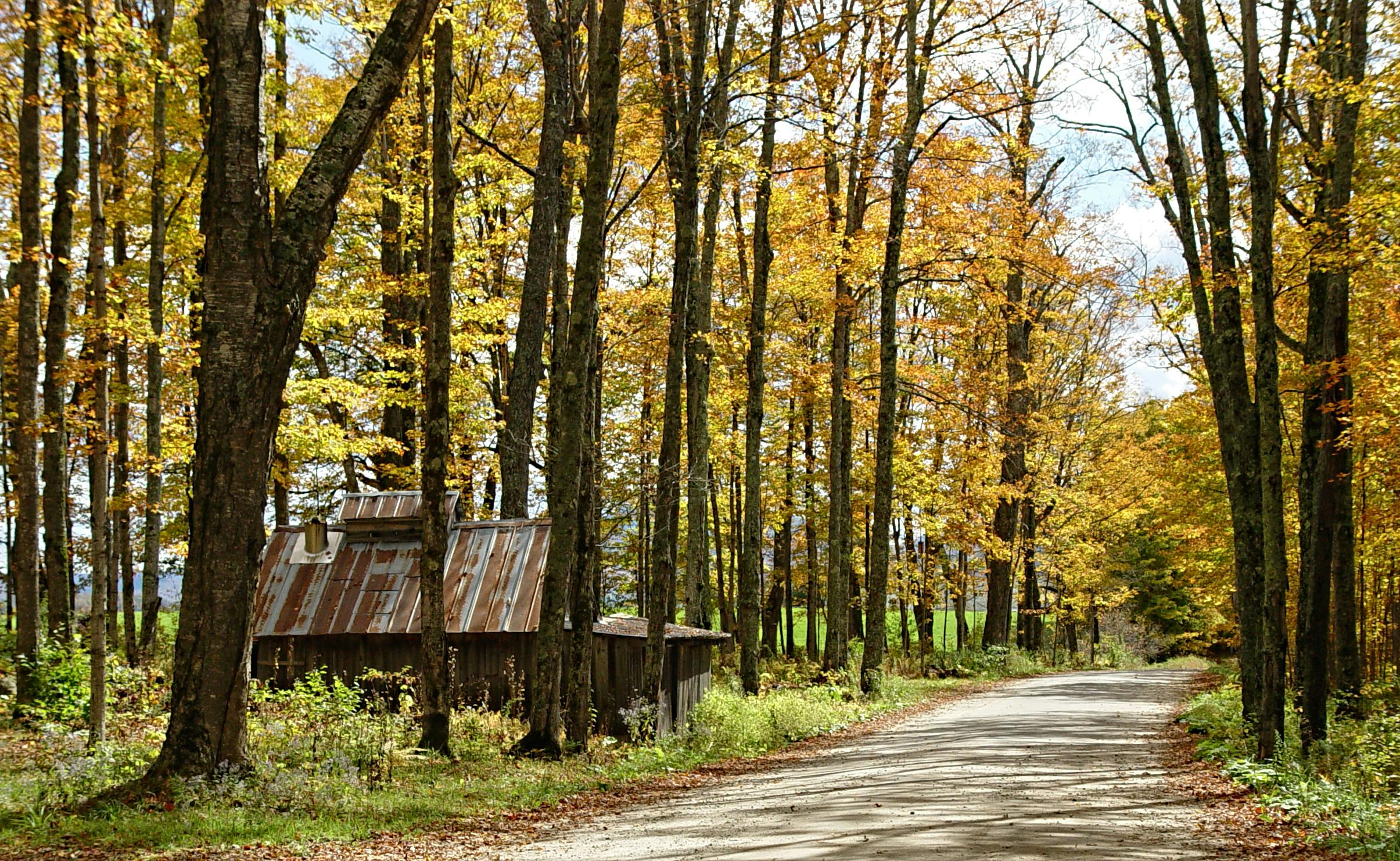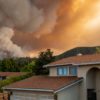In most states prone to wildfire, land managers are currently conducting prescribed burns. Conditions to manage fire are usually more favorable at this time of year, with higher relative humidity and cooler temperatures, and will remain so through early Spring. Redzone has previously explained how prescribed burning works, but here is a review on its benefits and potential challenges.
Benefits of Prescribed Fires
People have conducted controlled burns in North America for thousands of years. Fire is a natural earth process that helps restore health to ecosystems. The modern practice of fire suppression can interrupt the natural cycle of wildfire-dependent landscapes, resulting in the disappearance of fire-dependent species and overcrowded trees. Prescribed burns can provide a critical counterbalance. When controlled burns are planned at the right time, in the right space, under the right conditions they provide the following benefits:
- Reduces dangerous fuels, protecting human communities from extreme fires
- Improves habitat for threatened and endangered species
- Recycles nutrients back to the soil, promoting the growth of trees, wildflowers, and other plants
- Minimizes the spread of invasive plants, pest insects, and disease
Potential Challenges
Prescribed burns still however involve fire and all of its inherent risks. One challenge land managers have is the potential for landslides or mudslides that can occur when there is significant precipitation after a planned burn. Additionally, smoke can have negative effects on both human health and the environment. However, prescribed burn specialists follow guidelines to ensure they conduct operations under the safest conditions possible. These specialists consider multiple factors in planning a burn, including humidity, wind, vegetation moisture, and temperature.
Finally, even the best plans can go sideways. A number of times conditions change and planned burns can spiral out of control. So far this year, investigations of the recent Rolling Pines Fire near Bastrop, TX, and the Colorado Fire (currently burning near Big Sur, CA) indicate that prescribed fires may have been the cause of both wildfires. One of the primary reasons agencies conduct prescribed burns is to prevent catastrophic wildfires, but as these examples highlight, there needs to be careful management and consideration of changing weather conditions so that, as with any prescription, the cure doesn’t become worse than the condition it seeks to treat.





One Comment